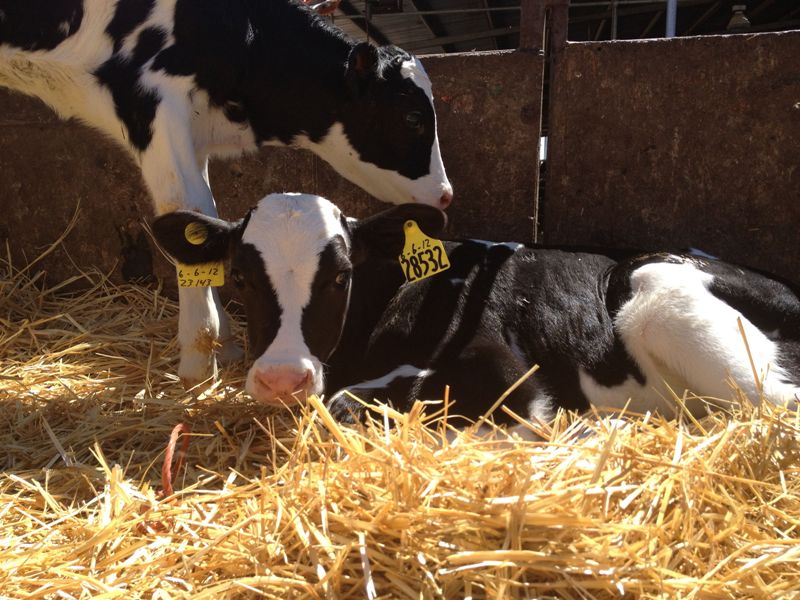
The Miracle of Life
Life is pretty amazing. Have you ever thought about the miracle of life. Growing up on the farm, I was pretty fortunate be able to see the miracle of birth on a daily basis. Every day, we have cows having babies plus we have a lot of other farm animals having offspring like chickens, pigs, rabbits, dogs, cats. The fascinating thing is that it never gets old. It’s still pretty amazing every time you witness it.
Albert Einstein famously said “There are two ways to live: you can live as if nothing is a miracle; you can live as if everything is a miracle.” It’s all perspective.
I guess you could say miracles are happening everyday on our farm. We have calves born every day.
Cows aren’t seasonal
Cows today don’t calve seasonally anymore. While there are some dairies that still have their cows on seasonal cycles, most dairies in the U.S. are not seasonal, they are year around operations. In fact, cows can have their babies at any time of the year. It’s just the decision of the farm whether they want their cows to calve seasonally. Better care, and management have allowed dairies to take proper care of babies being born at any time of the year. So like most dairies, we have a steady cycle of newborns being born every day.
Most cows have only one baby, but sometimes they can have twins, or triplets. One cow actually had quadruplet heifers earlier this year. You can read more about how many calves cows have, and the story of the quadruplets in a previous post I did.
The Maternity Ward
Just like many hospitals, our dairy has a maternity ward for the pregnant cows. Just before calving, we move them into the calving area so they can have a stress-free, comfortable, and monitored area to have their baby. We keep these things in mind:
1 – A Stress-free Environment
The pens are very open and roomy to give the cows plenty of room to have their baby. If the area is to crowded the cows will be very stressed. The area is also covered so it’s protected from the elements. during the summer, we have misters to spray a cool, refreshing mist on the cows to keep them cool. Basically we try to create a stress free environment for the cows.
2 – Comfortable and Sustainable Bedding
We also keep the area comfortable with dry, fresh bedding. In the pictures, you might find the bedding to look very strange, but allow me to explain. It’s actually very sustainable noting we are using recycled materials like bark, and compost. The bark comes from ground up tree crops here in California like Almonds, and Walnuts. There is little use for the trees after they have lived their useful life, so we use the tree bark as sustainable bedding for the cows. To make it softer, and more comfortable, we also use compost. The compost is dried cow manure. We dry the manure, and compost it to kill all the bacteria. After it’s done composting, the dried manure is very clean and fluffy. Both components actually complement each other noting the bark acts as a sponge absorbing moisture, and the compost keeps the bedding soft and comfortable.
3 – Special 24/7 Care
The area also receives special 24 hour, 7 day a week care. Our employees are specially trained to help the cows if they need help calving. Most cows can have the babies on their own, but some cows will need assistance so someone is always on watch, taking care of these future mothers.
Lumpy has a calf
My sisters have named many of the cows, and regard them as their pets. Lumpy is a cow that my sister used to walk around the dairy when she was just a small calf. Now she is full grown, and had her baby the other day.
My sisters helped Lumpy deliver her baby. It was a bull calf so they named him Humpty Dumpty. Humpty was full of energy and vitality when he was born. He tried standing only 5 minutes after being born. It took him a little longer before he was able to stand, but he stood much faster than most calves. Most calves don’t stand until about an hour after they were born.
Lumpy proved to be a pretty good mom. She cleaned Humpty quite eagerly after he was born. I captured some video of Lumpy taking care of Humpty Dumpty just minutes after he was born.
Read More – Wondering What Happens Next
So what happens to the calves after they are born. You can read about how we take care of the babies after they are born, and the special measures we take to keep them healthy in my other post.

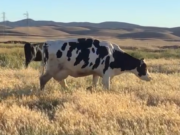
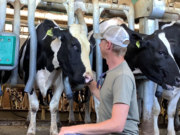
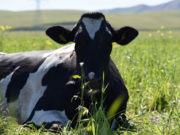
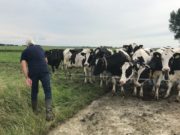
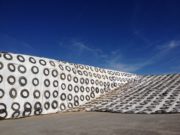
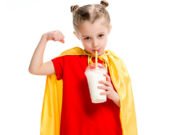
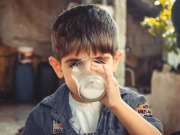
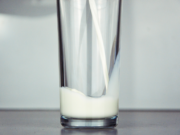
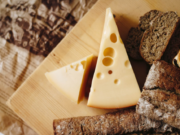
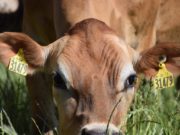
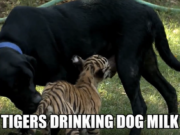
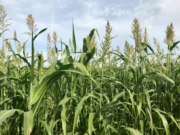
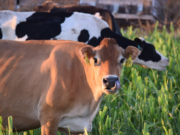
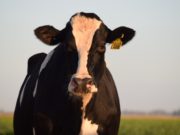
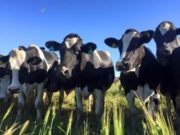
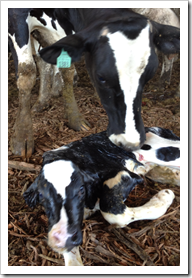
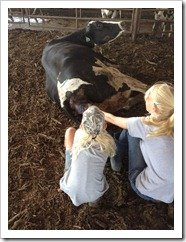
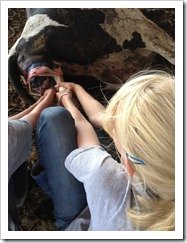
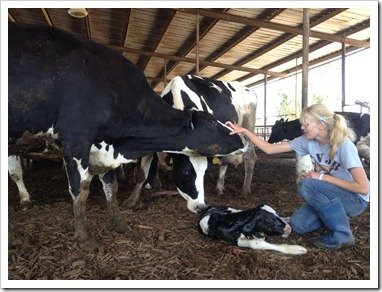
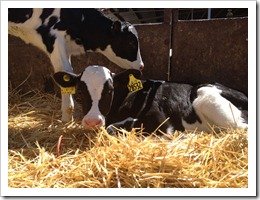
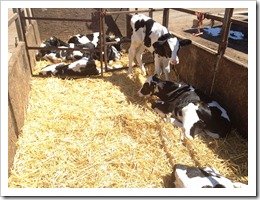


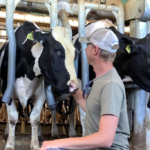


Wow, well done – I did consider taking a photo of a cow calving this year but I was either busy helping out / light wasn’t good enough / or I thought it might be a bit gory for my readers 😉
We calve most of our calves within a 6 week period from the last week of Jan to mid March but ‘stragglers’ continuing until mid April (might have lost a calf early on or been a late calver the previous year).
Great photos.
Thanks, It was difficult getting the pictures, but I managed somehow. Like you, I’m usually in there helping, and I don’t want to get my camera dirty haha.
Oh so your operation is seasonal. I have always thought it would be nice to have them calve in the spring. Then when they go dry, we could have a month or two of vacation!